Leather is made from the hide or skin of animals.
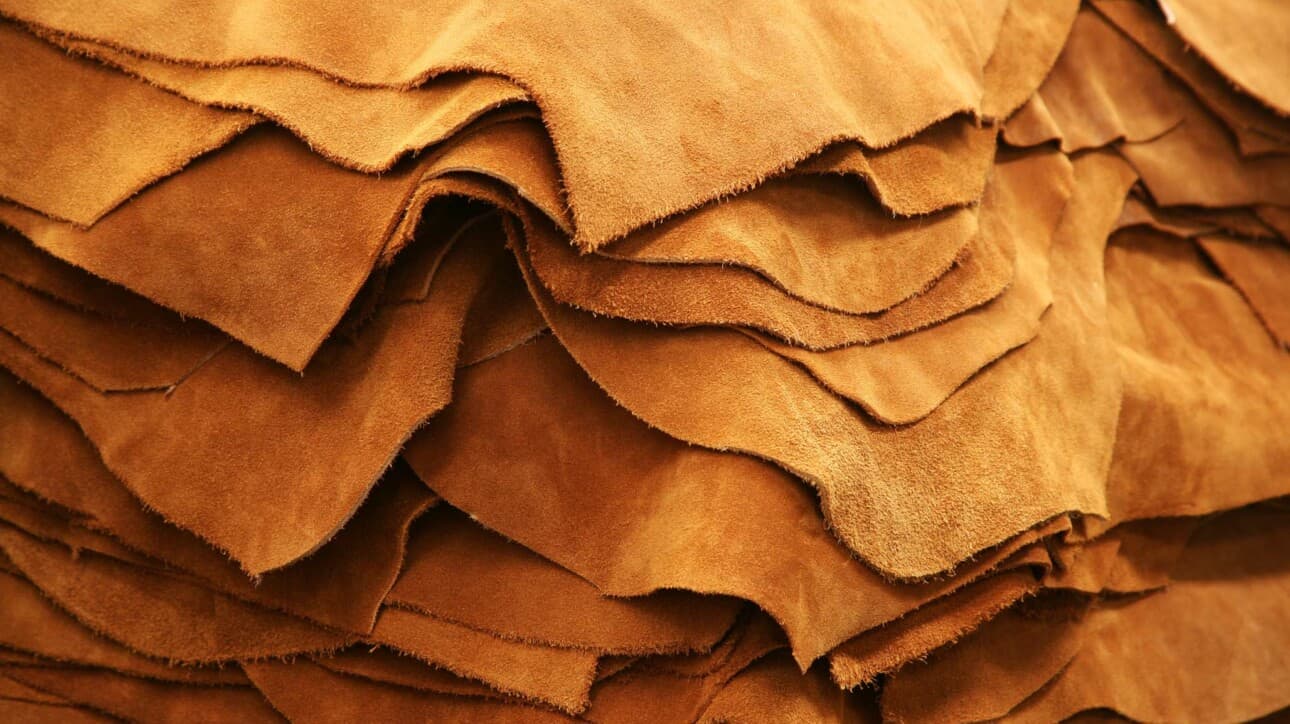
About
Almost all of the world’s leather is produced from hides that come from animals raised for meat. Leather has a number of unique qualities which are highly valued, such as strength, longevity, durability, water vapor permeability, abrasion resistance, and elasticity. It’s used for a broad range of applications.
Challenges
Leather production has both environmental and animal welfare implications.
At the farm level, rearing livestock involves land use and potential land use change, as well as enteric methane emissions. It might also impact water, animal welfare, and the territories of Indigenous people. A series of chemical and mechanical processes are involved in the transformation of raw hide to finished leather, and these also come with environmental and social risks.
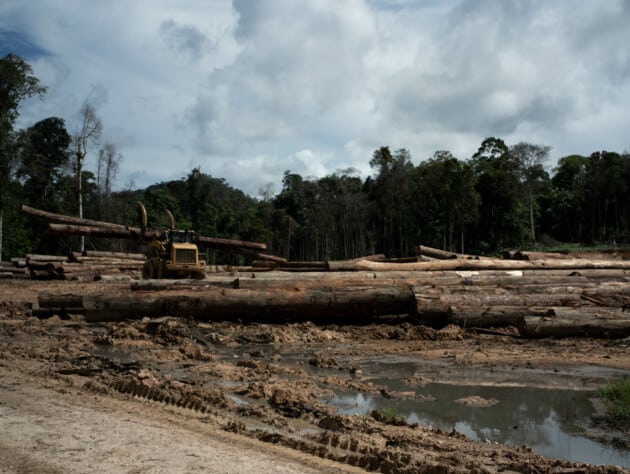
Solutions
We’re tackling deforestation and improving animal welfare.
We’re supporting the fashion and textile industry in switching to preferred materials that have better environmental and social outcomes than their conventional alternatives. Our main focus for leather is addressing deforestation and animal welfare challenges at the farm levels of the bovine leather supply chain.
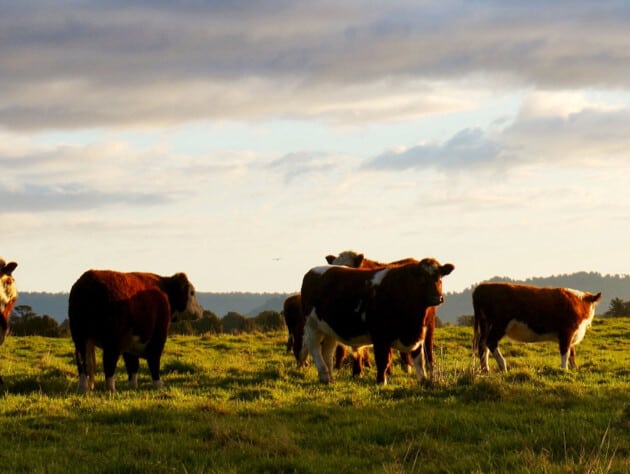
TAKE ACTION
Support animal welfare and forest preservation
Identify high-risk regions
Not all leather-sourcing regions are equally at risk of deforestation, land degradation, and the mistreatment of animals. Mapping the supply chain and understanding the risks and opportunities associated with different regions is key. You can also work with key suppliers and other stakeholders in high-risk areas to set goals relating to the maintenance of biodiversity or the management of land, and ensure you have a shared approach to animal welfare.
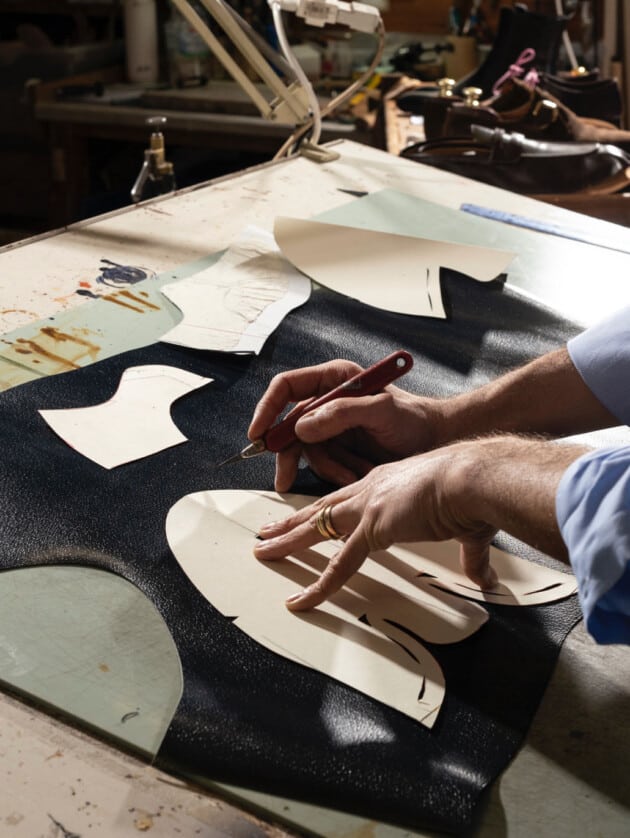
Engage with industry initiatives
The industry is working to make leather more environmentally friendly. You can get involved with current initiatives, such as our Responsible Leather Round Table, to learn more.

Break down silos
Companies need to find a solution to traceability and zero deforestation verification at all cattle farming levels. It is critical that the conversation moves outside of the fashion and textile industry, with stakeholders working together with the meat industry to develop the innovative solutions that are critically needed.

Get Involved
Take the next steps in your sourcing journey
LIA
Reward positive practices through our Leather Impact Accelerator
We’ve developed the Leather Impact Accelerator to support brands in addressing the sustainability challenges related to leather production throughout the entire supply chain, from farm to finished leather.
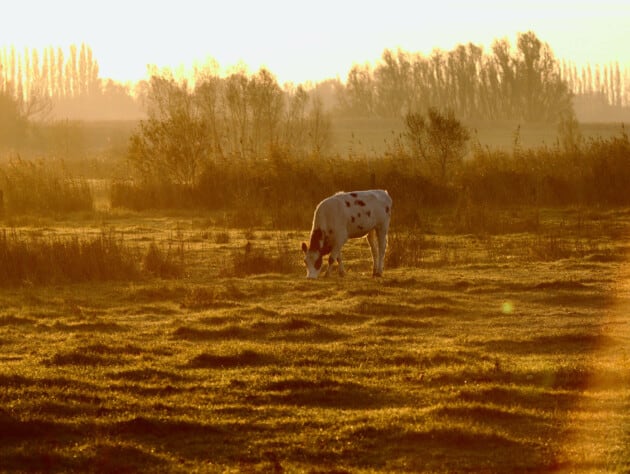
MATERIALS PRODUCTION DASHBOARD
Get the latest data
You can access our latest data on production volume for leather in our Materials Production Dashboard.
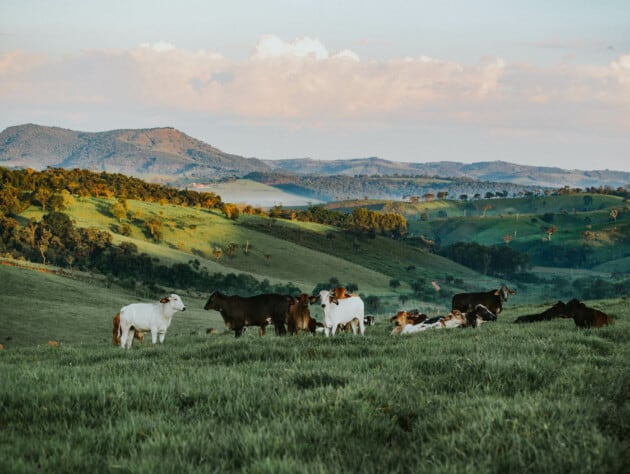
COMMITMENTS
Join the Deforestation-Free Call to Action for Leather
The Deforestation-Free Call to Action for Leather asks brands to commit to sourcing their bovine leather from deforestation/conversion-free supply chains by 2030 or earlier. Co-led by Textile Exchange and the Leather Working Group (LWG), it sets meaningful expectations for brands and develops tools and guidance to support them on this journey.